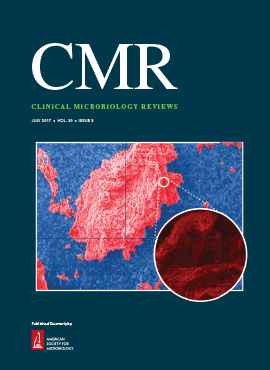 Kim et al. Clin Microbiol Rev. 2022 May 25;e0017921.
Kim et al. Clin Microbiol Rev. 2022 May 25;e0017921.
Antimicrobial resistance (AMR) is a global health crisis that poses a great threat to modern medicine. Effective prevention strategies are urgently required to slow the emergence and further dissemination of AMR. Given the availability of data sets encompassing hundreds or thousands of pathogen genomes, machine learning (ML) is increasingly being used to predict resistance to different antibiotics in pathogens based on gene content and genome composition. A key objective of this work is to advocate for the incorporation of ML into front-line settings but also highlight the further refinements that are necessary to safely and confidently incorporate these methods. The question of what to predict is not trivial given the existence of different quantitative and qualitative laboratory measures of AMR. ML models typically treat genes as independent predictors, with no consideration of structural and functional linkages; they also may not be accurate when new mutational variants of known AMR genes emerge. Finally, to have the technology trusted by end users in public health settings, ML models need to be transparent and explainable to ensure that the basis for prediction is clear. We strongly advocate that the next set of AMR-ML studies should focus on the refinement of these limitations to be able to bridge the gap to diagnostic implementation.

